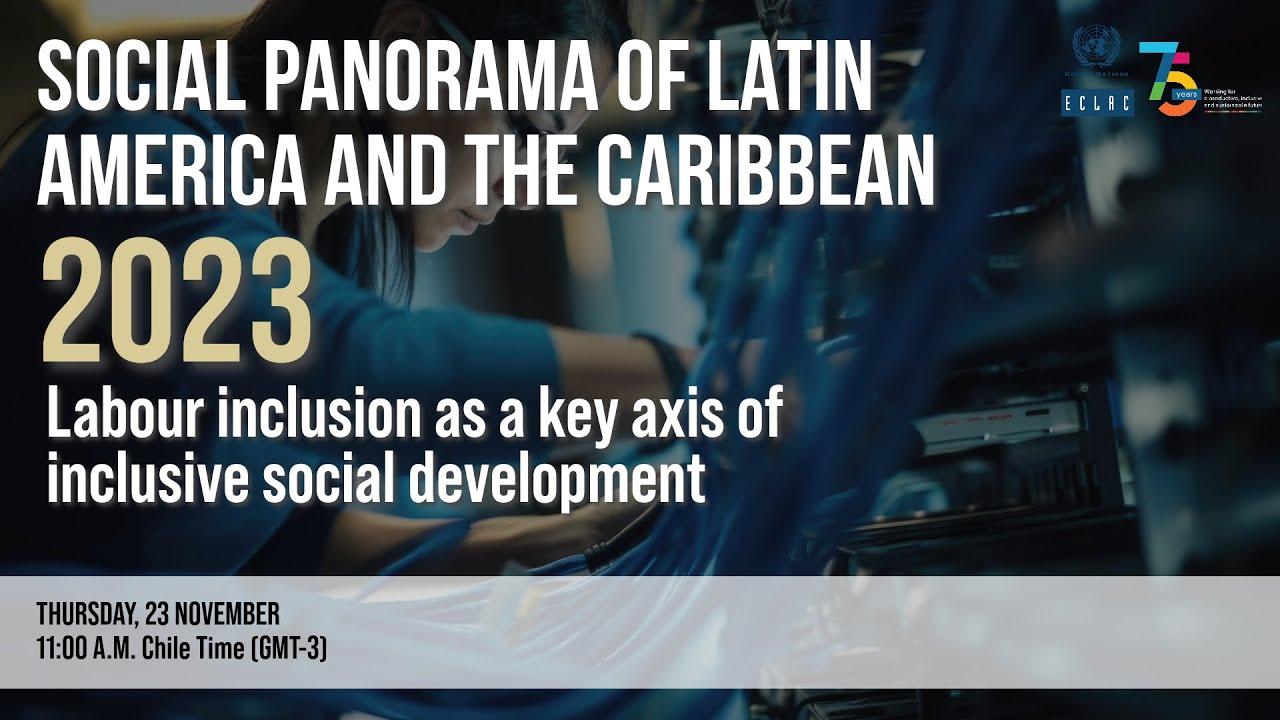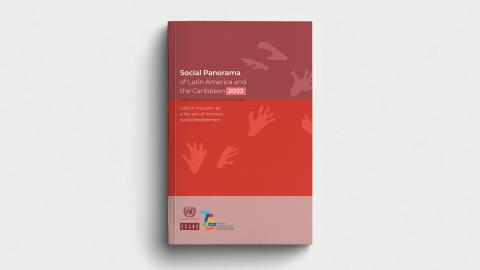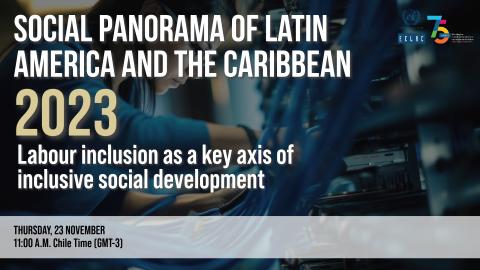video
(January 26, 2015) Poverty affected 28% of Latin America’s population in 2014, revealing that its decline has stalled at around that level since 2012, while indigence rose to 12.0% from 11.3% during the same two-year period in an overall context of economic deceleration, according to the projections from a study presented today by the Economic Commission for Latin America and the Caribbean (ECLAC) in Santiago, Chile.
The document Social Panorama of Latin America 2014 indicates that the poverty situation in the region remained stable between 2012 and 2013, when it affected 28.1% of the population. It is estimated for 2014 that in percentage terms poverty should stay at around 28%, which, given demographic growth, would translate into an increase in absolute figures to 167 million people.
Meanwhile, extreme poverty or indigence rose to 11.7% in 2013 from 11.3% in 2012, which supposes an increase of three million people that raised the total to 69 million. Projections indicate that in 2014 that figure likely increased to 12%, which means that of the 167 million people who were poor that year, 71 million suffered extreme poverty or indigence.
“The recovery from the international financial crisis does not seem to have been taken advantage of sufficiently to strengthen social protection policies that reduce vulnerability in the face of economic cycles. Now, in a scenario of a possible reduction in available fiscal resources, more efforts are needed to fortify these policies, establishing solid foundations with the aim of fulfilling the commitments of the post-2015 development agenda,” said ECLAC’s Executive Secretary, Alicia Bárcena.
Despite the lack of progress seen in the regional average, five of the 12 countries with available information through 2013 showed declines in poverty as measured by income that exceeded one percentage point per year. The countries that showed the biggest reductions were Paraguay (to 40.7% in 2013 from 49.6% in 2011), followed by El Salvador (to 40.9% in 2013 from 45.3% in 2012), Colombia (to 30.7% in 2013 from 32.9% in 2012), Peru (to 23.9% in 2013 from 25.8% in 2012) and Chile (to 7.8% in 2013 from 10.9% in 2011).
In addition to analyzing poverty in terms of income, the 2014 edition of this annual study presents a complementary and multidimensional measurement that covers five areas: housing, basic services, education, employment and social protection, and standard of living (which refers to monetary income and the possession of durable goods). A person is considered poor if he or she is lacking simultaneously in these areas.
According to this index, between 2005 and 2012 the incidence of multidimensional poverty decreased—on average in 17 countries of the region—to 28% from 39% of the population, which is similar to the rate of poverty as measured by income alone. Declines were registered in all the cases, according to this measurement, with the biggest drops seen in Argentina, Uruguay, Brazil, Chile and Venezuela.
With regard to inequality, there were improvements in the 15 countries with updated information, with the only exception of Costa Rica.
Between 2002 and 2013, in this group of countries the Gini index—which refers to income distribution and where zero is total equality—fell approximately 10% to 0.486 from 0.542. Meanwhile, between 2008 and 2013, the participation in total income of the poorest 20% of households rose to 5.6% from 5.2%, while the participation of the richest quintile decreased to 46.7% from 48.4%.
Upon analyzing gender inequality in the labor market, the report reveals that eliminating differences in men and women’s activity rates would spur declines in poverty levels (as measured by per capita household income) of up to 12% in the case of Nicaragua and El Salvador, as well as inequality levels (as measured by the Gini index). The same phenomenon would occur with the elimination of income gaps between men and women, which in the case of Bolivia would allow the country to reduce poverty by 14%.
In terms of social spending, the region made a significant effort starting in 2008 to confront the international financial crisis, but in 2012 and 2013 a deceleration of social spending growth was observed, which is mainly due to the global economy’s limited dynamism and greater investment in non-social sectors.
In 2008-2009, public social spending as a percentage of Gross Domestic Product (GDP) in Latin America was situated at 18.3% on average. In the following two-year period it rose to 18.9% and in 2012-2013 it reached 19.1%, although major differences continue to exist among countries.
Meanwhile, the study reflects significant progress in the educational coverage of Latin American youth, but it shows that this group suffers higher unemployment rates and has less social protection than adults. In addition, they are among the main victims of murder in Latin America and the Caribbean, where seven of the world’s 14 most violent countries are concentrated.
Finally, with respect to socioeconomic residential segregation in big Latin American cities, the report confirms that there has been a downward trend in the last 15 years, although it continues to be greater among the wealthiest groups than among the most disadvantaged.



